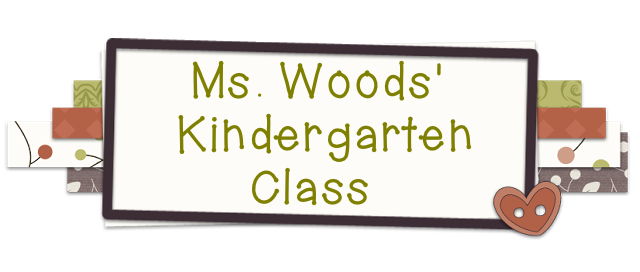Children visit two stations a day with their partner; by the end of the week, they'll have visited most or all the stations. The kindergarteners are slowly becoming independent during this time, which allows me to meet with small groups of students to work on reading, writing and phonics skills at my teacher table. The activities at the workstations change frequently, so it's an engaging and fun way for the kids to grow their reading and writing skills. Below is an explanation of some of the stations, as well as photos of the kids in action!
1. Read to Someone
Partners find a cozy chair or stuffed animal and pull out books from their book boxes to read either to their stuffie or to their partner.
2. Art Station
Kids use paper, colored pencils, scissors, staplers, and glue sticks to create books and other pieces of artwork, as well as dry erase markers and boards.
3. Loose Parts
"Loose parts" are materials that can be moved, combined, and designed in multiple ways to enhance creativity and imaginative thinking. Right now our Loose Parts stations has wooden blocks, buttons, farm animals, tree circles, shells and wooden dolls. This will change throughout the year.
4. iPad Station
Our classroom iPad is filled with learning games related to reading, writing, spelling, math and science. This station is also great for learning to take turns, since there is only one tablet and two people. :)
5. Explore Tables
These tables provide hands-on experiences for kids to try various skills, everything from fine motor practice to letter identification to scientific observations. There are three explore tables that I change out every week or two depending on the students' interest and what we're learning about the rest of the day. Below are some we've had in the past few weeks.
6. Lexia
Lexia is an online literacy program that students do every week for up to an hour. The program adapts to their current skill level/knowledge, providing them with a "just-right" literacy game or skill practice.
7. Teacher Table
At this station, students work in small groups with me to practice reading, writing and phonics strategies. Below, the students are practicing letter identification and learning to stretch out the sounds in words as they read and write.
8. Word Work
This station has various games that practice phonics skills including letter recognition, letter sounds, and name recognition. Below students are playing a game where they put together puzzles of their classmates' faces and find the matching name.
9. Writing
Students can write letters, stories or poems. They can also look at books for inspiration and ideas. One student below copied an entire poem out of a book so he could take the words home!
We also have another station called Handwriting that I haven't introduced to the kids yet. This time of day is a lot of fun to watch and participate in, because students practice each task independently, and also rotate between stations independently. If you ever want to come in to see station time, just let me know!























































